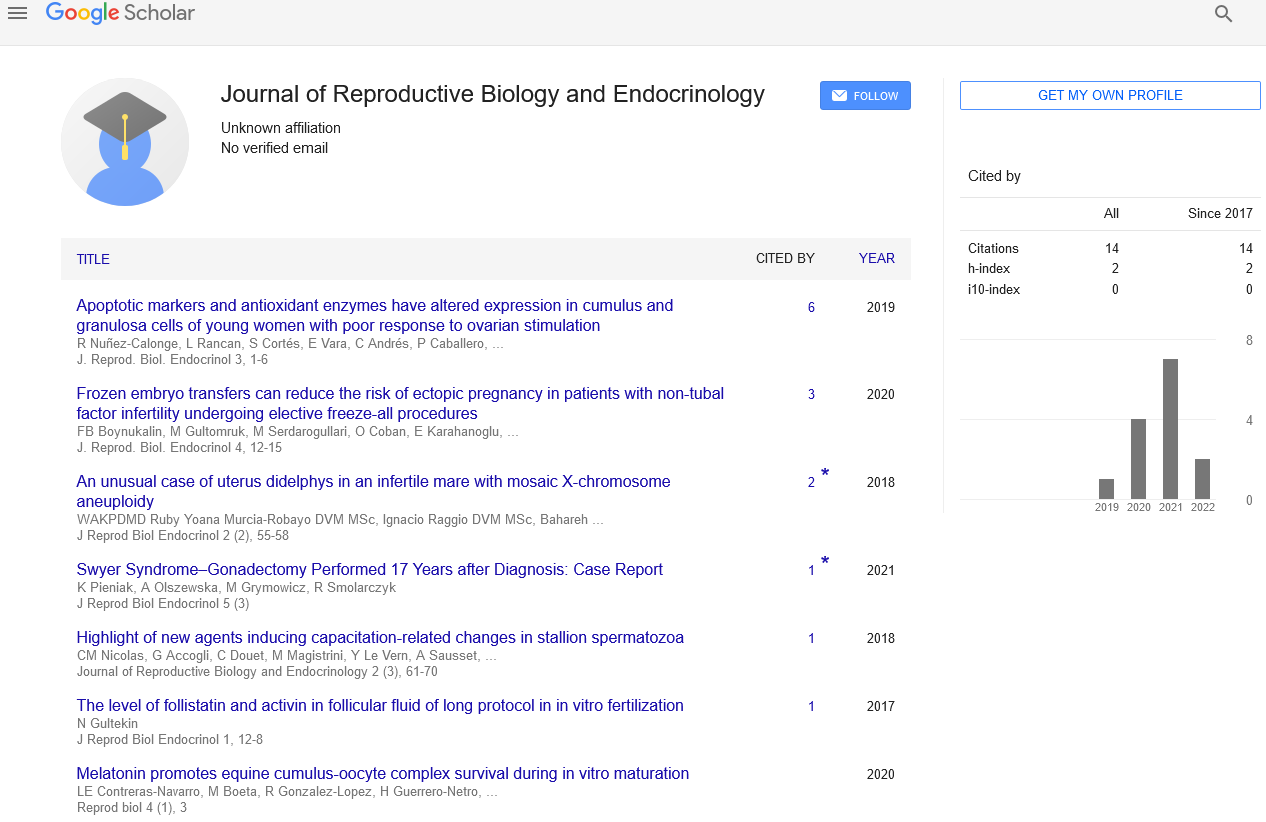
Sign up for email alert when new content gets added: Sign up
Abstract
Endometriosis: The impact of uterine fibroids
Author(s): Arena Frank*The most frequent tumors in women globally are uterine fibroids, which are benign monoclonal neoplasms of the myometrium. Due to the poor understanding of the molecular mechanisms behind the initiation and development of uterine fibroids, there are currently no long-term or noninvasive therapeutic options available for hormone-dependent uterine fibroids. This paper provides a thorough overview of recent developments in uterine fibroids research, concentrating on risk factors, the genesis of the condition's development, pathogenic pathways, and available therapies. Millions of women worldwide are affected with endometriosis and uterine fibroids (leiomyomata). Even though the etiology and natural histories of the illnesses differ noticeably, symptoms sometimes overlap, necessitating differential diagnoses and frequently requiring invasive procedures like laparoscopy.
Acute pain, bleeding, and infertility are just a few of the severe symptoms caused by uterine fibroids, which are among the most typical benign tumors of the female reproductive system. Genetic changes affecting mediator complex subunit 12 (MED12), Fumarate Hydratase (FH), High Mobility Group AT-hook 2 (HMGA2), and Collagen Type IV alpha 5 and alpha 6 (COL4A5-COL4A6) are usually linked to fibroids. Recently, we found that 39 out of 65 uterine fibroids (60%) from 14 Australian patients had MED12 exon 2 mutations.
Full-Text | PDF




